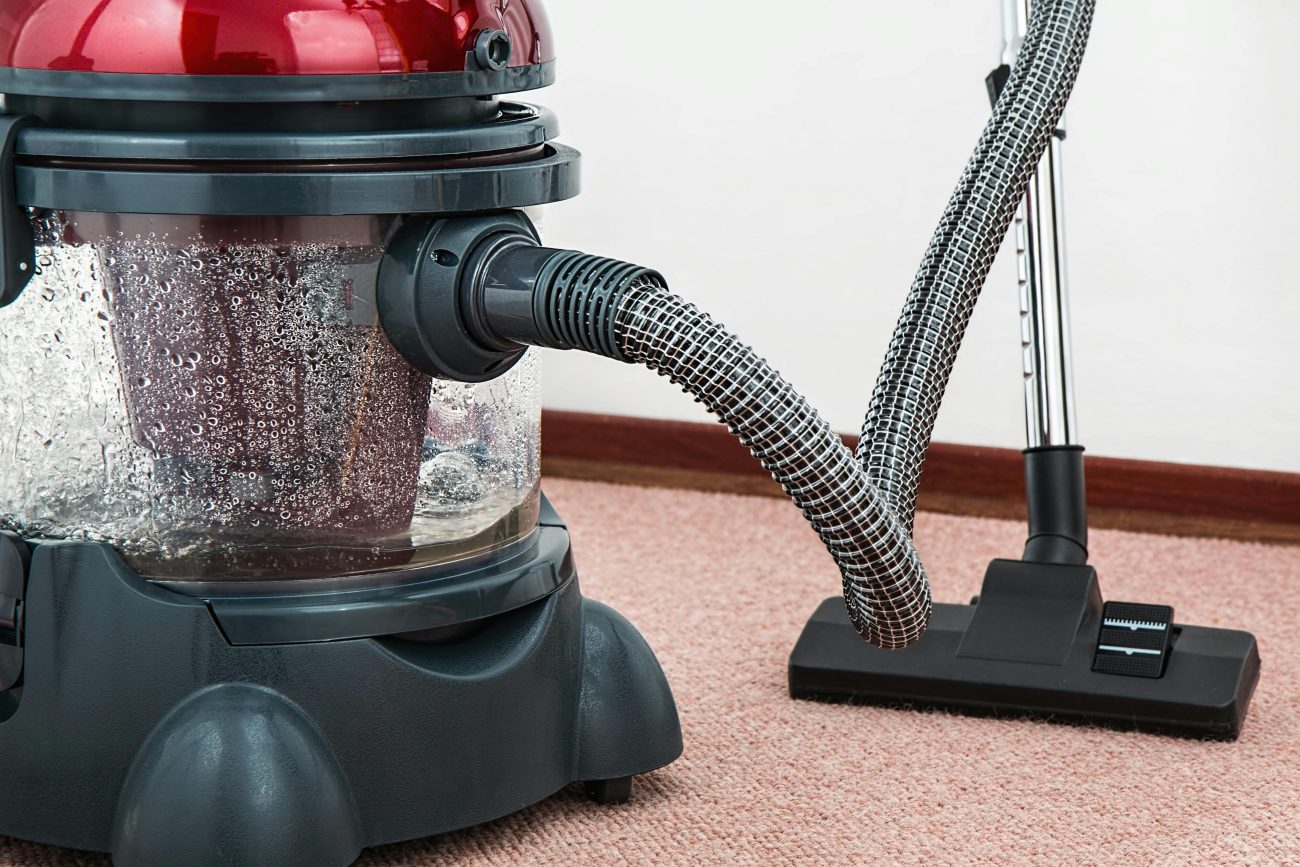Introduction
Losing suction in your vacuum cleaner can be frustrating. Fortunately, this common problem often has simple solutions. In this comprehensive 2025 guide, you will learn effective steps to fix a vacuum cleaner that lost suction, understand common causes, and perform easy maintenance to restore its performance.
Signs Your Vacuum Cleaner Lost Suction
You might notice several signs indicating suction loss, including:
- Difficulty picking up dirt or pet hair
- Loud or unusual motor noise
- Debris left on carpets or floors
- Overheating or unexpected shutoff
- Strange burning smells
Why Your Vacuum Cleaner Lost Suction
There are multiple reasons why suction might weaken:
1. Clogged Filters
Over time, filters become clogged with dust and debris. Cleaning or replacing them monthly can prevent airflow issues.
2. Blocked Hose or Wand
Hair, paper, or small objects may block the hose, significantly reducing suction.
3. Full or Dirty Dustbin/Bag
If the dustbin or bag is overfilled, airflow is restricted. Emptying it before it reaches three-quarters full helps maintain suction.
4. Dirty or Tangled Brush Roll
Hair and threads wrapped around the brush roll can stop it from spinning properly, impacting cleaning efficiency.
5. Air Leaks or Loose Connections
Leaks from cracked hoses or loose seals allow suction to escape, lowering vacuum power.
6. Worn Motor or Fan
Although less common, motor wear or fan issues can reduce suction. Servicing might be necessary.
Safety Tips Before Repair
Before beginning any repairs, please:
- Unplug your vacuum cleaner
- Allow it to cool down if recently used
- Wear gloves to protect your hands during cleaning
Tools Needed for Repair
To fix suction issues, gather the following:
- Flathead and Phillips screwdrivers
- Cleaning brush or old toothbrush
- Scissors or seam ripper
- Flashlight
- Replacement filters or belts if required
Step-by-Step: How to Fix a Vacuum Cleaner That Lost Suction
First, empty the dustbin or replace the bag. Removing and cleaning this component ensures airflow is not blocked.
Next, clean or replace the filters. Remove all filters, tap them gently to remove dust, and wash if the manufacturer permits. Remember to air dry filters for at least 24 hours before reinstalling.
After that, check the hose for blockages. Detach the hose and inspect it with a flashlight. You can push a broom handle through it to clear any debris. For fine dust, compressed air works well.
Following this, clean the brush roll. Turn the vacuum over, remove tangled hair and debris, and ensure the roller spins smoothly.
Furthermore, inspect for air leaks. Reconnect hoses firmly and check for cracks or holes. If found, use electrical tape as a temporary fix or replace the damaged parts.
If your vacuum has a cyclone assembly, clean it thoroughly. Remove the chamber if possible, wash it, and dry it completely before reinstalling.
Finally, test the motor and belt. Turn on the vacuum briefly to check suction and brush roll function. If the suction is weak or the brush roll does not spin, inspect and replace the belt if necessary.
Maintenance Tips to Prevent Suction Loss
To maintain strong suction, follow these tips:
- Empty the dustbin or bag before it is three-quarters full
- Clean filters monthly
- Detangle the brush roll weekly
- Check hoses monthly for blockages
- Store your vacuum cleaner in a dry, clean place
When to Replace Your Vacuum Cleaner
You should consider replacement if:
- Your vacuum is over 10 years old and underperforms
- Repair costs exceed the price of a new vacuum
- Motor problems persist despite repairs
- Performance does not improve after maintenance
Compatible Vacuum Cleaner Brands
These instructions apply to many popular brands such as:
- Dyson
- Shark
- Bissell
- Hoover
- Eureka, LG, Miele, and more
Always consult your vacuum’s manual before performing detailed maintenance.
FAQ: Fixing Vacuum Cleaner Suction Issues
Q1: How often should I clean my vacuum filters?
Filters should be cleaned monthly or more often if you have pets.
Q2: Why does my vacuum turn off after a few minutes?
This usually happens because of overheating caused by clogs or dirty filters.
Q3: Can I wash all types of vacuum filters?
Only washable filters should be rinsed. Always check your manual first.
Q4: What causes the brush roll not to spin?
Hair buildup or a broken drive belt can prevent the brush roll from rotating.
Q5: My vacuum smells bad—what can I do?
Clean the dustbin, filters, and brush roll thoroughly. Sprinkling baking soda inside the dustbin can help remove odors.
Q6: Is it safe to open my vacuum for repairs?
Yes, as long as it is unplugged and you follow the manufacturer’s instructions.
Q7: Should I buy genuine or generic replacement parts?
Genuine parts are usually more reliable, but good-quality generic parts may also work well.
Q8: My vacuum has suction but doesn’t clean well—why?
This could be due to a jammed brush roll or improper airflow.
Final Thoughts
In conclusion, fixing a vacuum cleaner that lost suction is often straightforward. By regularly cleaning filters, clearing blockages, and inspecting parts, you can extend the life of your vacuum and keep your home clean without unnecessary replacements.
